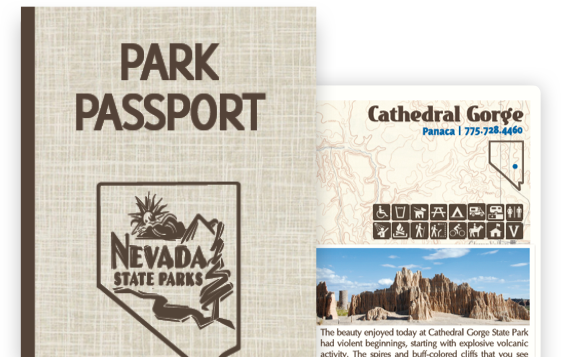History of Washoe Lake State Park
Washoe Valley has a long history of human occupation. The name comes from the Washoe People, who spent winters in the valley and summers at Lake Tahoe. They used willows and cattails from the wetlands of Washoe Lake to make elaborate baskets and other tools used for hunting and gathering.
In 1859, the discovery of gold and silver in the mountains east of Washoe Valley brought thousands of miners, loggers and traders to the valley. Farmers grew crops to support the growing gold mining settlement in Virginia City. In the same year, Mormon settlers established a permanent settlement near Franktown, west of Washoe Lake.
Lumber from the mountains around Lake Tahoe was shipped across Washoe Valley and up to Virginia City. Workers built an elevated causeway across what was then known as Washoe Marsh, in the north end of the valley to shorten travel and shipping distance. Several sawmills and quartz mills were built in Washoe Valley, including the Ophir Mill on Washoe Lake’s west shore. Washoe Valley saw supply towns such as Washoe City, Ophir and Lakeview grow in response to the nearby mining activity.
By the late 1870s, the mining boom was over and the residents who stayed turned to ranching and farming. The Washoe People were gradually displaced as population grew and the valley was developed. In 1872, the Virginia and Truckee Railroad began service through Washoe Valley, which connected Reno to Carson City. The V&T ran continuously until 1950.
Washoe Lake State Park was established in 1977 to preserve a portion of Washoe Valley for future generations to enjoy. With both land and water-based recreation opportunities, there is something for everyone. In the wake of the rapid urbanization of nearby Carson City and Reno, the park is a treasure to be protected.



